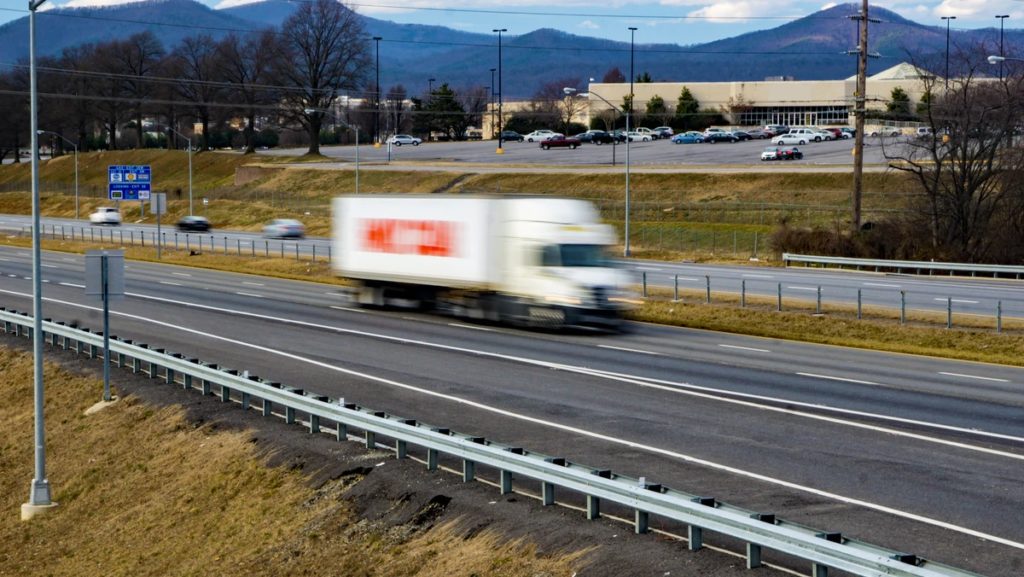When it comes to making sure your safety “ducks are in a row,” no fleet is immune. Fleets need to be diligent about safety, especially in an age where trucking companies have a bulls-eye on them when it comes to accidents and litigation.
When it comes to making sure your safety “ducks are in a row,” no fleet is immune. Fleets need to be diligent about safety, especially in an age where trucking companies have a bulls-eye on them when it comes to accidents and litigation.
FleetOwner recently spoke with Billy Stover, Fleetworthy Solutions’ DOT regulatory compliance consultant, and Tim Brewster, director of the loss prevention and recovery unit for National Interstate Insurance Company on how fleets can be better prepared for safety compliance and insurability:
FleetOwner: Should fleets put extra emphasis on safeguarding against the changing legal environment?
Billy Stover: Absolutely. Nuclear verdicts, though rare, carry a multi-million dollar price tag, and that impacts all those who are insured.
While insurance agencies look at a myriad of factors to determine risk and rates—past claims, CSA scores, routes, mileage and safety technology being utilized—the biggest red or green light to a good rate and ‘insurability’ is the safety culture of the company, and management’s commitment to that culture.
Safety is driven from the top down. Top management has to be committed and that means best practices are in place and measured to make sure your house is in order. And, everything must be documented.
FleetOwner: How important is safety documentation?
Tim Brewster: It’s vital. There is a saying in the legal world: If it’s not documented, it never happened. Plaintiff attorneys look for holes in a carrier’s business and if there is an accident, they’ll look to training, compliance, culture, etc. That’s why maintaining documented training is so important. It is vital to ensure the motor carrier has checkpoints in place to set drivers up for success and to protect the public. Having gaps within your program typically results in a carrier being less defensible.
An organization that lacks employee buy-in, has weak hiring practices, no training programs, non-existent policies and minimal accountabilities will never have a strong culture; it takes vision and hard work. A vital component to support a strong safety culture is having a sound training program that equips new hires for success, continues to educate throughout the employment lifecycle and assists with re-educating if an incident occurs.
FO: What are some of the tactics that Fleetworthy uses with fleets?
BS: When we work with carriers, we come up with a ‘plan to protect.’ We start with a DOT boot camp, and it’s a combination of in-house training and online training. We work with CarriersEdge, which has a great library of online courses—many that support our DOT training. The key for any online training program is information retention. The way the courses are setup, drivers get engaged. They learn. Plus, if a driver struggles with any part of the test, then retraining can be done to help the driver. Again, the key is documentation and a plan of action for further training if it’s required.
For ongoing training, we encourage our clients to use a combination of in-house training when feasible, coupled with more online training from CarriersEdge. The beauty of online training is it can be conducted remotely and drive time doesn’t have to be lost due to bringing the driver pool in for sit-down training.
FO: Is a combination of in-house and online training a solid practice?
TB: Personally, no carrier should ever rely 100% on online training because it takes the engagement and relationship building factor out of training, which helps support culture. But, online training is a great supplemental offering. Online training can assist with streamlining and enhancing the onboarding process and can ensure there is an easy method to push ongoing and remedial training to drivers throughout the year. Ongoing training should take place multiple times throughout the year with knowledge checks to ensure drivers understand and can retain the information.
CUT COTS OF THE FLEET WITH OUR AUDIT PROGRAM
The audit is a key tool to know the overall status and provide the analysis, the assessment, the advice, the suggestions and the actions to take in order to cut costs and increase the efficiency and efficacy of the fleet. We propose the following fleet management audit.




